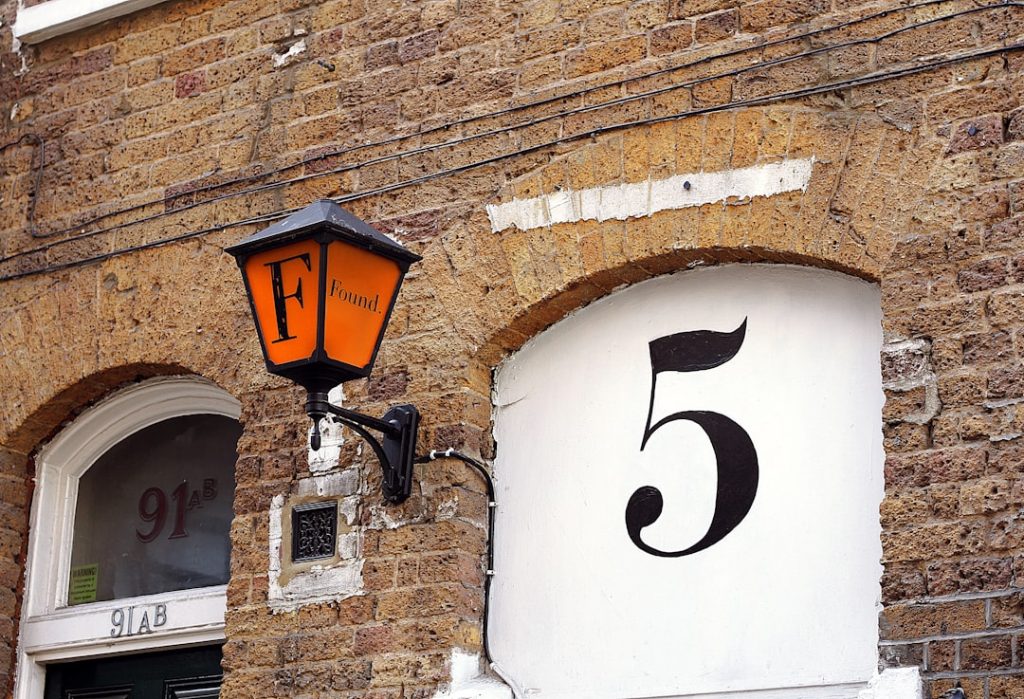Introduction
Lighting plays a crucial role in shaping the look and feel of a space. G95 bulb size is one of the most versatile lighting options available in the market. This article aims to explore the various aspects of G95 bulb size, including its features, applications, benefits, and drawbacks.
Features of G95 Bulb Size
G95 is a type of bulb that belongs to the A-series family of bulbs. It has a spherical shape with a diameter of about 95mm, hence the name G95. The bulb’s base is either E27 or B22, which is a standard fitting for most lamps and fixtures. G95 bulbs come in different types, such as incandescent, LED, halogen, and fluorescent.
Incandescent G95 Bulb
This type of G95 bulb uses a filament that glows when an electric current passes through it. It produces warm, yellowish light that is ideal for creating a cozy and relaxing ambiance. However, incandescent G95 bulbs are energy-inefficient and have a short lifespan.
LED G95 Bulb
LED G95 bulbs are the most energy-efficient and long-lasting G95 bulbs. They use light-emitting diodes (LEDs) to produce light, consume less power, and last longer than other types of G95 bulbs. LED G95 bulbs come in various color temperatures, from warm white to cool white, and are dimmable.
Halogen G95 Bulb
Halogen G95 bulbs are a type of incandescent bulb that uses a halogen gas to increase its efficiency and lifespan. They produce bright and clear light that is ideal for task lighting, such as reading or working. However, halogen G95 bulbs are more expensive and generate more heat than other types of G95 bulbs.
Fluorescent G95 Bulb
Fluorescent G95 bulbs are energy-efficient and long-lasting bulbs that use a gas and a small amount of mercury vapor to produce ultraviolet (UV) light. The UV light then interacts with a phosphorescent coating on the bulb’s interior, producing visible light. Fluorescent G95 bulbs are less expensive than LED G95 bulbs but have a slow startup time and contain hazardous materials.
Applications of G95 Bulb Size
G95 bulbs are versatile and can be used in various settings, such as homes, offices, and commercial spaces. Some common applications of G95 bulbs include:
Home Lighting
G95 bulbs are ideal for creating a warm and inviting ambiance in homes. They can be used in living rooms, bedrooms, and dining rooms to create a cozy and comfortable atmosphere. G95 bulbs also come in different colors, making them suitable for accent lighting or decorative lighting.
Outdoor Lighting
G95 bulbs can be used in outdoor fixtures, such as porch lights or pathway lights. They provide bright and clear light, making it easy to navigate through outdoor spaces at night.
Commercial Lighting
G95 bulbs are widely used in commercial spaces, such as restaurants, hotels, and shops. They can create a calm and relaxing ambiance in restaurants, provide clear light in hotels, and accentuate products in shops.
Benefits of G95 Bulb Size
G95 bulbs offer several benefits, including:
Energy Efficiency
LED G95 bulbs are highly energy-efficient, consuming up to 90% less energy than incandescent G95 bulbs. This feature not only saves on energy bills but also reduces carbon emissions.
Long Lifespan
LED G95 bulbs have a lifespan of up to 25,000 hours, while incandescent G95 bulbs have a lifespan of about 1,200 hours. This feature reduces the need for frequent bulb replacements, thus saving money and resources.
Versatility
G95 bulbs come in various types, colors, and designs, making them versatile and suitable for different settings and applications.
Drawbacks of G95 Bulb Size
Although G95 bulbs offer many benefits, they also have some drawbacks, including:
High Initial Cost
LED G95 bulbs are more expensive than other types of G95 bulbs. This feature can be a barrier to entry for some consumers, especially those on a tight budget.
Disposal Issues
Fluorescent G95 bulbs contain hazardous materials such as mercury vapor, making disposal challenging and risky. The improper disposal of fluorescent bulbs can harm the environment and human health.
Heat Generation
Halogen G95 bulbs generate more heat than other types of G95 bulbs, making them unsuitable for some applications. Heat can cause discomfort and even pose a fire hazard in some instances.
Conclusion
G95 bulbs are versatile lighting options that offer multiple benefits and applications. They can create a warm and relaxing ambiance in homes, provide clear light in commercial spaces, and illuminate outdoor areas. However, consumers should carefully consider the type of G95 bulb they purchase, taking into account factors such as energy efficiency, lifespan, and disposal. By doing so, they can enjoy the many benefits of G95 bulbs while minimizing their drawbacks.


